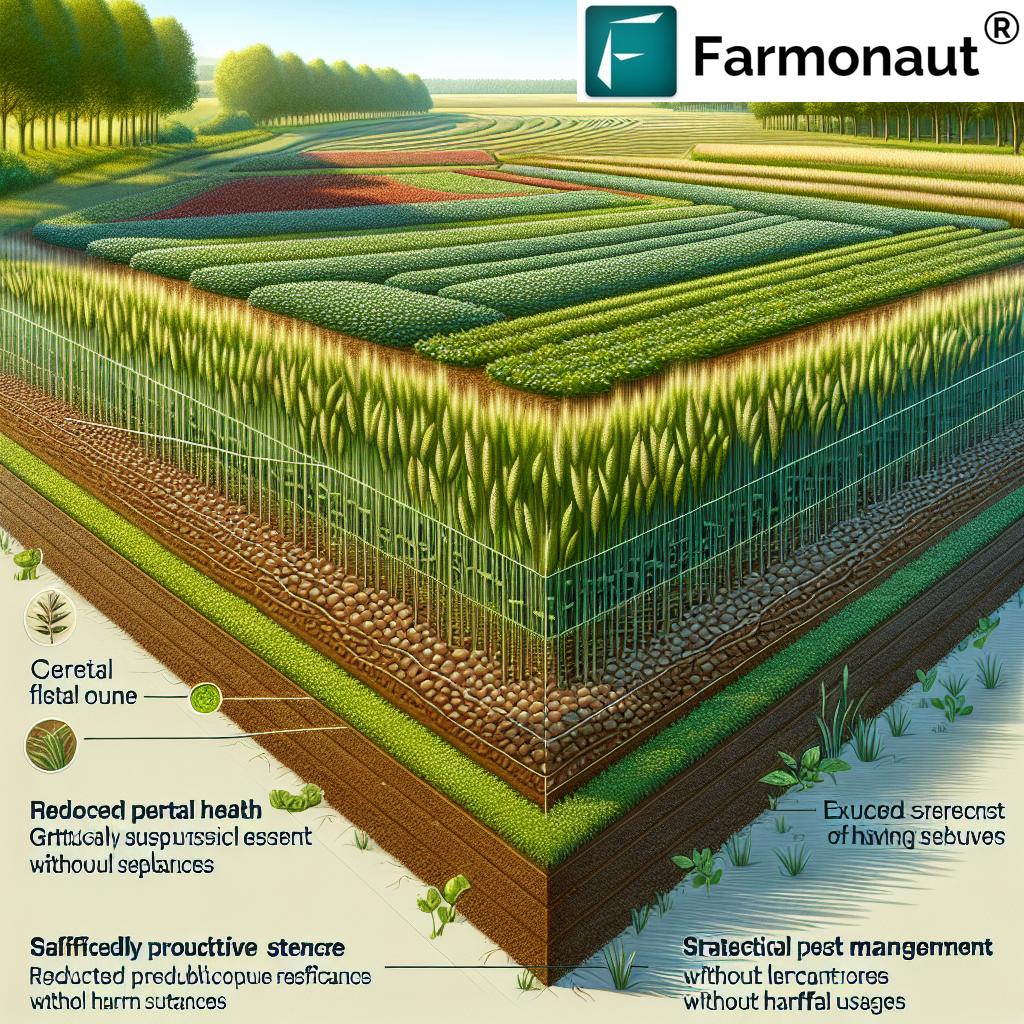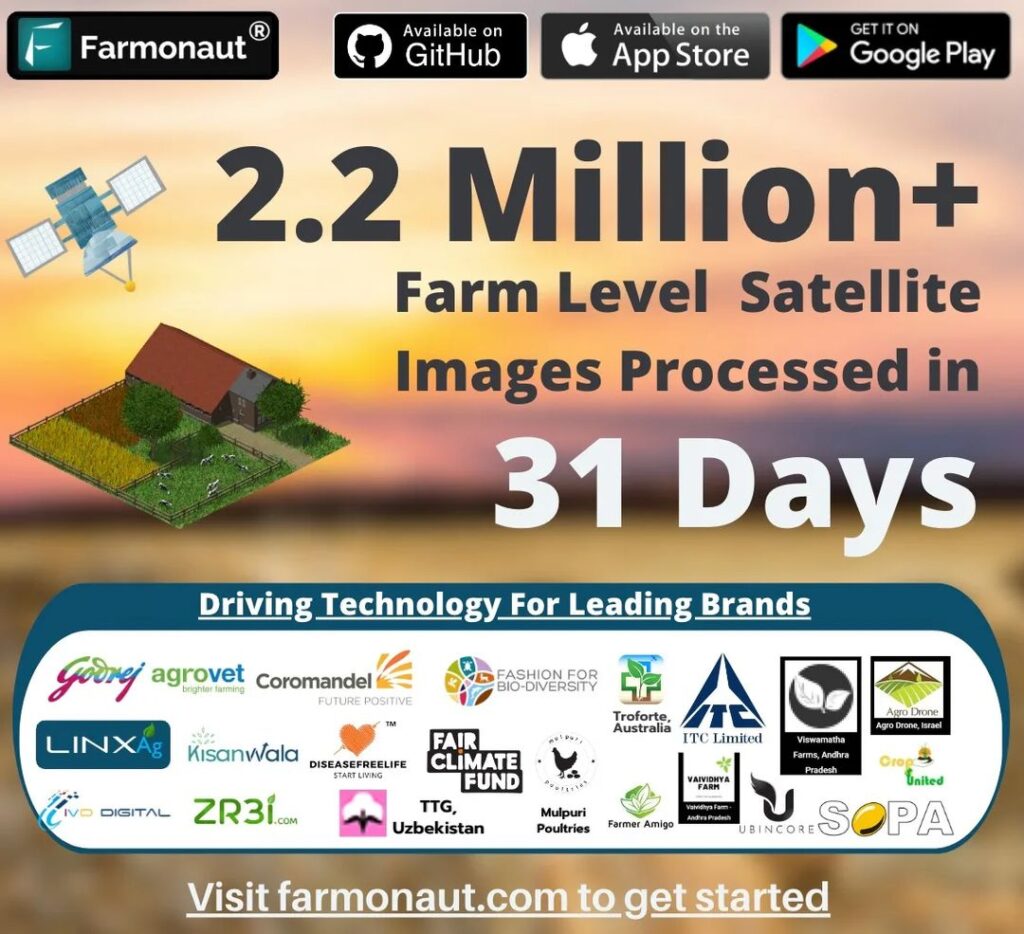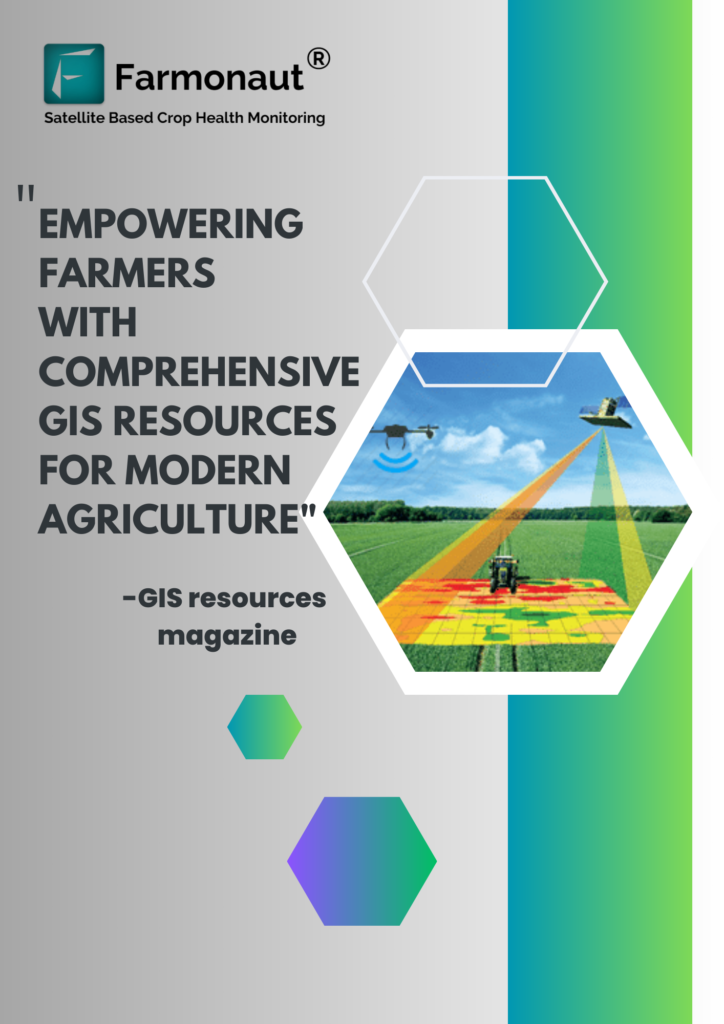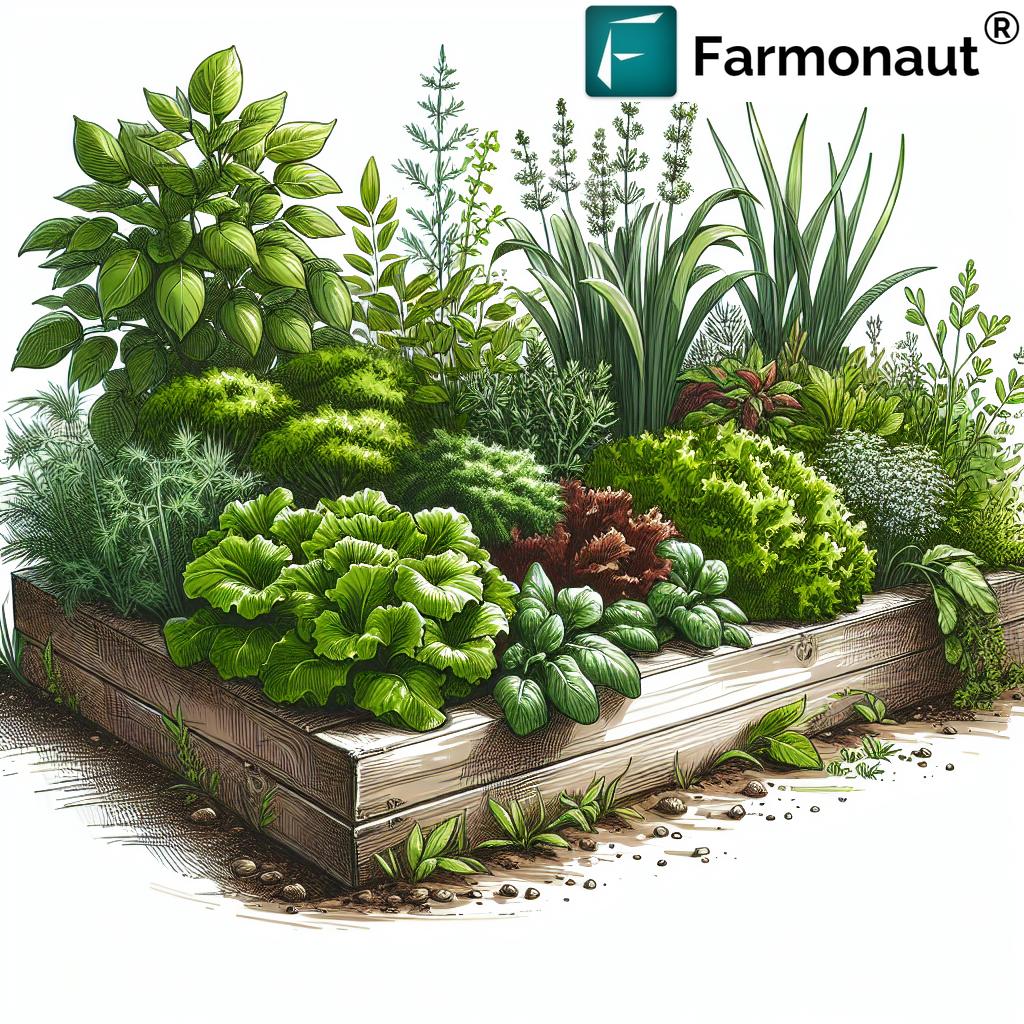Crop Rotation: 7 Powerful Ways to Boost Soil Health & Yields
“Crop rotation can increase soil organic matter by up to 20% in just five years, enhancing long-term soil fertility.”
Introduction to Crop Rotation
In today’s world of sustainable farming practices, crop rotation stands out as one of the most powerful methods for boosting soil health and improving productivity on farms. Unlike monoculture—where the same crop is cultivated repeatedly on the same field—crop rotation involves the deliberate sequencing of different crop types over multiple growing seasons in a single area. This age-old yet scientifically robust technique doesn’t just conserve our soil’s health; it directly enhances farm yields, manages pests and diseases, reduces the need for chemical inputs, and optimizes the overall sustainability of agricultural systems.
At its core, crop rotation is a dynamic process of planning what crops to plant and when, with consideration for the unique needs of our soil, crops, and local environment. As farmers, we must continually adapt, innovate, and implement evidence-based agricultural productivity strategies to ensure lasting success. Let’s dive into the world of crop rotation and explore the seven most powerful ways this practice boosts soil health and crop yields—supported by modern research, historical context, and advanced technologies like Farmonaut.
Historical Context: Crop Rotation Methods Across Civilizations
The concept of crop rotation isn’t just a modern agricultural revelation; its roots trace deeply through the fabric of ancient civilizations and the annals of medieval Europe. Our ancestors recognized the need to protect and enhance the health of their soil, giving rise to a variety of systems that have since influenced contemporary best practices.
- Ancient Near East (c. 6000 BC): Early farmers alternated between planting grain cereals and legumes—such as wheat and peas—to preserve soil fertility and maximize yields. This was based on their observations of how certain crops restored nutrients lost by others.
-
Medieval Europe: The two-field system initially prevailed, in which one field was actively cultivated and the other was left fallow. Over time, this evolved into the three-field system (by the 9th century), dividing land into:
- Section 1: Autumn-sown crops (e.g., rye or winter wheat)
- Section 2: Spring-sown crops (e.g., oats, barley)
- Section 3: Fallow for soil restoration
This system allowed for two-thirds of land to be productive at any time, enhancing overall output.
- 16th Century Waasland (Northern Belgium): Crop rotation took a leap forward with the four-field Norfolk Rotation System, later popularized in 18th-century Britain by Charles Townshend. The sequence—wheat, turnips, barley, clover or ryegrass—eliminated the need for fallow periods and maximized farm resource utilization.
These historical crop rotation methods laid the groundwork for the advances we embrace today, proving just how vital diversity in planting sequences is for soil health improvement and long-term farm productivity.
7 Powerful Benefits of Crop Rotation: Soil Health, Pest and Disease Management, & More
When we diversify crop planting—not just season by season, but year after year—we unlock a suite of powerful benefits of crop rotation that shape the future of sustainable agriculture.
-
1. Soil Fertility Enhancement
Different crop types draw varying nutrients from the soil while replenishing others. Legumes (like beans, peas, and clover) play a unique role by capturing atmospheric nitrogen and converting it into plant-usable forms. When legumes precede crops like wheat or barley in a rotation system, they naturally enrich the soil, decrease the reliance on synthetic fertilizers, and help maintain soil fertility over time.
-
2. Pest & Disease Management in Farming
Ongoing monocultures invite crop-specific pests and diseases to establish persistent populations. By rotating crops with different susceptibilities, we effectively interrupt pest life cycles and reduce outbreaks. This natural pest and disease management lessens the need for harsh chemical pesticides, making farming more eco-friendly and cost-effective.
-
3. Weed Suppression Techniques
Different crops suppress weeds in unique ways. Dense canopy crops, such as ryegrass or clover, can shade out weeds, while vigorous root systems of plants like turnips or certain grains outcompete weed roots for nutrients. Through smart sequencing, weed suppression is built right into our farming practices, minimizing chemical herbicide dependency.
-
4. Soil Structure Improvement & Reduced Erosion
Diverse root structures produced by multiple crop types increase soil porosity, improve aeration, and facilitate better water infiltration. This not only enhances the structure of the soil but also substantially reduces runoff and soil erosion, helping us steward our land for future generations.
-
5. Water Management & Conservation
Smart crop rotation systems alternate deep-rooted plants with those having shallower roots, optimizing water usage, preventing depletion, and maintaining balanced soil moisture levels. This ensures more sustainable water use at both the field and regional scale.
-
6. Economic Diversification for Farm Risk Management
By growing a range of crops rather than a single commodity, we diversify economic risk. If one crop’s market value drops or is affected by disease, others in the rotation can provide income, ensuring our farm’s financial resilience and sustainability.
-
7. Biodiversity & Environmental Sustainability
A rotation rich in different plant species supports biodiversity above and below the soil. It helps foster beneficial soil microbes, pollinators, and natural pest predators, reduces the risk of catastrophic pest outbreaks, and contributes to the resilience of local ecosystems.
These benefits are not theoretical—they’re empirically backed and critical for lasting farm success. Let’s see how they compare in practice.
“Implementing crop rotation reduces pest populations by up to 50%, minimizing the need for chemical pesticides on farms.”
Crop Rotation Benefits Matrix: Compare the Strategies
| Crop Rotation Strategy | Estimated Soil Health Improvement (%) | Estimated Yield Increase (%) | Pest/Disease Reduction (%) | Additional Environmental Benefits |
|---|---|---|---|---|
| Legume-Grain Rotation | 15–20 | 10–15 | 30–50 | Reduces synthetic fertilizer need; boosts nitrogen naturally |
| Three-Year Rotation (Cereal-Legume-Root Crop) |
12–16 | 8–12 | 35–45 | Improves soil structure, reduces erosion |
| Inclusion of Cover Crops | 18–20 | 12–15 | 40–55 | Enhances carbon retention, soil moisture, biodiversity |
| Norfolk Four-Field System | 16–19 | 15–18 | 50+ | No fallow; integrates livestock, forage, and manure |
| Continuous Wheat-Other Crops Rotation | 10–13 | 6–10 | 25–30 | Reduces disease buildup, boosts crop-specific yields |
| Root Crop Inclusion (e.g., Turnips) | 11–14 | 7–11 | 20–30 | Improves aeration and subsoil health |
| Diversified Cash Crop Rotation (incl. oilseeds, pulses) | 14–17 | 10–13 | 30–40 | Economic risk reduction; increased farm resilience |
Crop Rotation Systems: Key Strategies for Soil Health and Productivity
To fully achieve the benefits of crop rotation, we must understand and apply effective rotation systems adapted to our local climate, market demands, and farm objectives.
The Most Used Crop Rotation Systems:
- Simple Two Crop Rotation: Alternates a major cereal (such as wheat or barley) with a legume (e.g., peas, clover) for basic soil restoration.
- Three-Year Rotation: A classic mix: cereal → legume → root crop (like turnip), ensuring robust nutrient cycling and pest management.
- Norfolk Four-Field System: Wheat → Turnips → Barley → Clover/Ryegrass. This system integrates livestock (using clover as forage), eliminates fallow periods, and provides continuous soil improvement and productivity.
- Cover Crop Inclusion: Planting crops like rye, vetch, or mustard in between cash crops to add organic matter, suppress weeds, and reduce erosion.
- Diversified Cash Crop Rotation: In areas with suitable markets, farmers rotate cereals, pulses, oilseeds, and even vegetables, maximizing land use and economic resilience.
Each system has its own merits, but all share the foundation of diversity: different plants, different root systems, and ever-changing pest and nutrient regimes.
Implementing Crop Rotation on Farms: Practical Steps
- Assess Soil and Climate Conditions: Testing soil health and understanding rainfall, temperature, and season length are crucial. Local conditions inform us which crop sequences will thrive and provide the highest rotational benefits.
- Plan Diverse Crop Sequences: Alternate crops with distinct nutrient, pest, and root profiles. For instance, rotate deep-rooted plants (turnips, alfalfa) with shallow-rooted cereals (wheat, barley), legumes, and broadleaf crops.
- Integrate Livestock Where Possible: The inclusion of livestock enables the direct use of forage crops, provides manure to enrich the soil, and supports full-cycle sustainability.
- Monitor and Adapt: Consistently evaluate crop yields, soil structure, pest dynamics, and weed suppression effectiveness. Use data-driven tools—such as satellite imagery and AI-based advisories—to optimize rotations.
-
Use Modern Farm Management Solutions:
Implementing digital tools like Farmonaut helps in real-time crop health monitoring, soil moisture management, and resource optimization. These solutions enable farmers to maximize productivity, monitor fields remotely, and apply precise inputs only as needed, reducing costs and environmental impacts.
For developers, agribusinesses, and institutions seeking seamless integration of field data, Farmonaut offers a robust API (farmonaut.com/api) and detailed developer documentation (API Docs) to build advanced agricultural management tools catering to diverse user segments and geographies.
Farmonaut: Empowering Precision Crop Rotation & Soil Health Improvement
While the core principles of crop rotation have stood the test of time, we are now equipped with innovative technologies that revolutionize crop planning and soil health improvement.
- Satellite Monitoring & AI Analysis: Farmonaut’s platform leverages multispectral satellite imagery to assess crop health (NDVI), soil moisture, and field variation in real time. This empowers us to detect problem spots, optimize input application, and adapt crop sequences to actual field conditions.
- Jeevn AI Advisory: Our AI-driven tool analyzes field and weather data, generating custom advisories for each farm, enhancing crop rotation planning, pest management in farming, and sustainable yield optimization.
- Blockchain Traceability: Modern agricultural markets demand transparent supply chains. Farmonaut Traceability Solutions use blockchain to track the origin, handling, and journey of agricultural products, benefiting both producers and downstream clients with secure, transparent records.
- Resource Management & Fleet Tracking: Large farms and agribusinesses use Farmonaut’s fleet management tools to optimize the movement and use of agricultural machinery, minimizing fuel consumption and cost while ensuring all rotations and field operations happen on schedule.
- Carbon Footprinting: With the need to monitor agricultural carbon levels and environmental impact growing, Farmonaut offers carbon footprint tracking for real-time emissions analysis and sustainable compliance.
By integrating remote sensing, AI, and real-time alerts into our fields, we make each crop rotation cycle more precise, sustainable, and profitable.
Modern Developments, Key Findings & Challenges
- Continuous Cropping vs. Rotation: Driven by market demand, some farmers are tempted to grow high-return crops (e.g., continuous soybeans) season after season. However, studies from Iowa State University highlight that while short-term profits may rise, extended monoculture puts soil health, pest control, and future yields at risk. Long-term resilience depends on diversification and integrated management.
- Reassessing Carbon’s Role: Contrary to some assumptions, recent research findings reveal that while crop rotation boosts organic matter and environmental health, its direct impact on deep soil carbon sequestration may be less dramatic than previously believed. It’s still a key pillar of climate-smart agriculture but must be integrated with other sustainable practices.
- Technology-Driven Adaptation: The adoption of advanced decision-support platforms, such as Farmonaut, arms us with the information needed for continuous improvement. Farmonaut’s large-scale farm management tools make it easier for big farms and government agencies to implement robust rotational systems, estimate yields, and support sustainable agriculture at scale.
- Livestock Integrated Systems: Reintroducing livestock for manure and forage utilization—long part of the Norfolk rotation—remains vital for maximizing the value of cover crops and clover.
- Market Opportunities: As markets evolve and consumer awareness of sustainable practices grows, diversified rotational systems open up new economic opportunities in premium markets, including grains, pulses, and specialty crops.
Crop rotation continues to evolve, but its foundational contributions to farmland health, disease management, and resilience are as vital as ever.
Farmonaut Subscription Plans
Farmonaut democratizes access to advanced farm monitoring and crop rotation planning through affordable, flexible subscription tiers. Whether you’re a smallholder or a large enterprise, our solutions cover everything from soil and crop health mapping to weather insights and resource management.
FAQs on Crop Rotation, Soil Health, and Farmonaut Solutions
What is crop rotation and why is it important?
Crop rotation is the agricultural practice of sequentially planting different types of crops in the same area over various seasons. It enhances soil health, manages pests and diseases, improves yields, and makes farming more sustainable compared to monoculture.
How does crop rotation help manage soil fertility?
By rotating crops with varying nutrient requirements and including legumes that fix nitrogen, we naturally restore soil fertility and reduce the need for synthetic fertilizers.
Can crop rotation reduce the need for pesticides and herbicides?
Yes! By disrupting pest and weed life cycles, crop rotation makes it much harder for problems to persist, often lowering chemical input requirements by up to 50%.
How can technology help me plan effective crop rotation?
Satellite-based platforms like Farmonaut deliver real-time data and AI-powered advisories for optimal crop sequencing, input timing, and resource management.
What are some examples of classic rotation systems?
The Norfolk Four-Field System (wheat, turnips, barley, clover/ryegrass) and the three-field rotation (cereals, legumes, root crops) are proven models.
How does Farmonaut support sustainable farming practices?
Farmonaut’s affordable, scalable solutions combine real-time soil and crop health monitoring, actionable AI advice, carbon footprint tracking, and blockchain-based traceability to empower farmers to grow more sustainably.
Can Farmonaut technology help with accessing crop loans and insurance?
Yes, Farmonaut enables satellite-based verification of crops for financial institutions, streamlining loan approvals and insurance claims. Learn more about our crop loan and insurance solutions.
Where can I download the Farmonaut app?
For mobile solutions, get the Farmonaut app from Google Play or App Store.
Conclusion: Building Sustainable Agricultural Productivity Through Crop Rotation
From the fields of ancient Eastern civilizations to the precision agricultural landscapes shaped by today’s technology, crop rotation remains at the heart of sustainable agricultural productivity. By planning and optimizing diverse crop sequences, practicing dynamic soil and pest management, and leveraging data-driven tools, we create systems that not only enhance soil health and boost yields, but also sustain farm profitability and environmental integrity generation after generation.
Solutions like Farmonaut—offering real-time satellite monitoring, AI-driven advisories, blockchain-based traceability, climate-smart resource management, and carbon tracking—are making precision agriculture affordable and accessible globally. It is now easier than ever to implement the seven core crop rotation strategies in our fields, ensuring our land prospers now and in the future.
Let’s embrace the wisdom of rotation, innovate with smart technologies, and lead the way in sustainable farming practices. Whether you’re managing a family plot or coordinating an agribusiness fleet, the future of healthy, productive soils and secure food supplies is in our hands.




















